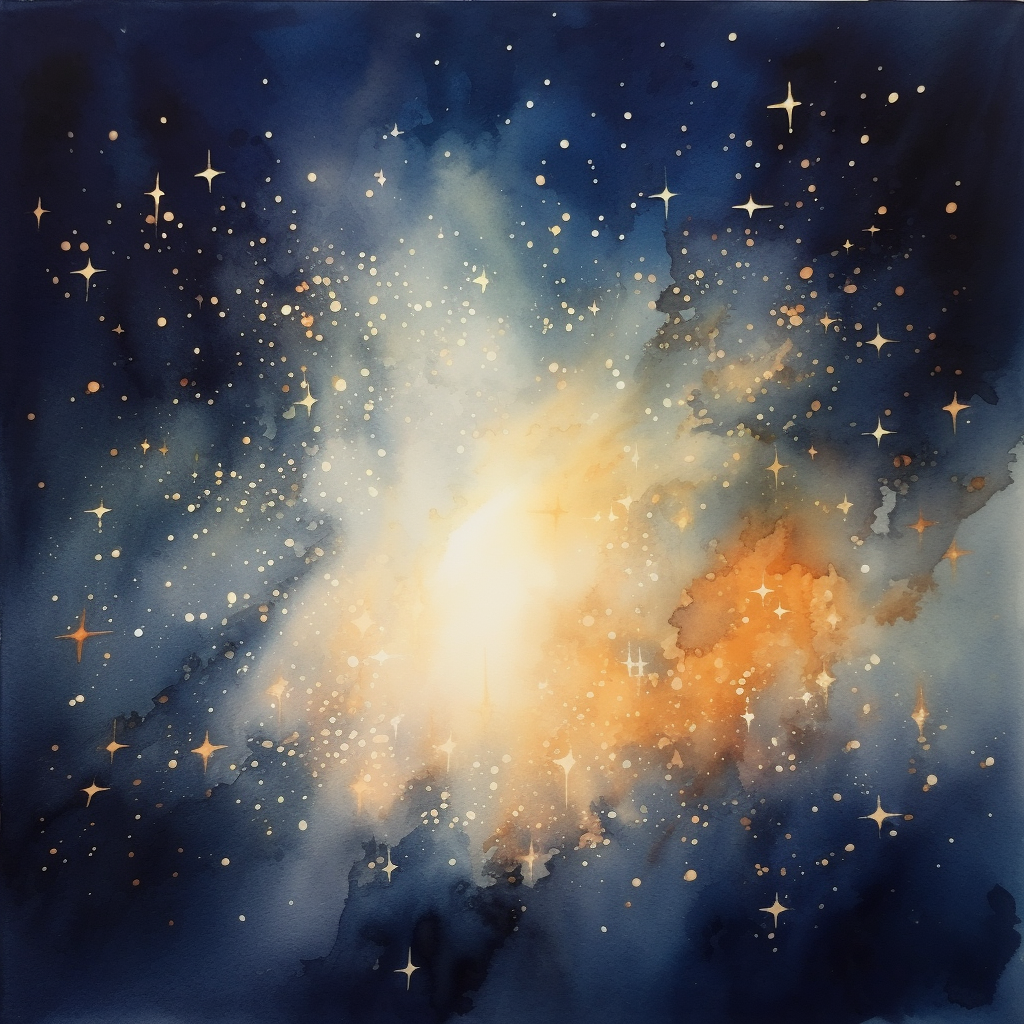Mote
Dust / the Storm of Annihilation
Near the borders of Dust and the Negative, Mote is a place of sparkling fragments of stuff, from shattered crystals to chunks of rock. Rare on the Lower Inner Planes, Mote is a place of great beauty. But berk, don’t think that means it ain’t just as deadly as the uglier parts of the plane!
As the dust thins out into nothingness, tiny shards of matter float in the darkness of the plane. When a light source is brought near them, however, the crystalline fragments catch and scatter the light, reflecting a thousand thousand times in the almost-empty space. The result is a hauntingly beautiful sight on a par with the beauty of the borders of the plane of Radiance, claim some.
Mote is a small community of artists, meditators and bubbers struck by the wonder of the clouds of dust around the burg. Located on an ever-crumbling boulder the size of a small village, Mote is little more than a collection of meagre houses, a tavern or two and some shrines to powers of decay and beauty. Dwelling in the burg are cutters like Evira Nevermore (planar dust mephit [she/her] / N), a self-styled dust and light sculptress who was inspired by the sight of Mote when she found the place and her stone of continual light worked its wonders. Unusually for a dust mephit, Evira isn’t a morbid hag of a creature, having instead the look of bedazzled wonderment in her eyes normally seen only in the greenest of primes.
Other than a constant stream of bizarre, beautiful, valuable, (but realistically useless) objets d’art, the community of Mote contributes little to the economy of Dust. Still, on a plane as bland and unrelentingly horrid as this one, the sight of something so uncharacteristically dazzling strikes most planewalkers as incredible. Visitors are warned, however, that the dust clouds around Mote are as deathly chilly as the rest of the plane. Furthermore, hanging around in the dusty clouds can be hazardous to one’s health. [On first viewing, and after each subsequent hour spent gazing at the motes out-of-town necessitates a saving throw (versus petrification / will). Failure indicates the unlucky gazer has been hypnotised by the dazzling reflections, and will remain in place and continue to watch until bodily removed from the dust clouds.] For solitary travellers or groups unfortunate enough to be affected at once, the prospect of death by chill, surprise attack by planar predators or starvation is very real. Extinguishing the light source is not a cure for the hypnotism, for the reflective properties of the clouds are such that light continues to echo and scintillate for many hours or days, slowly becoming dimmer.
Source: Jon Winter-Holt


